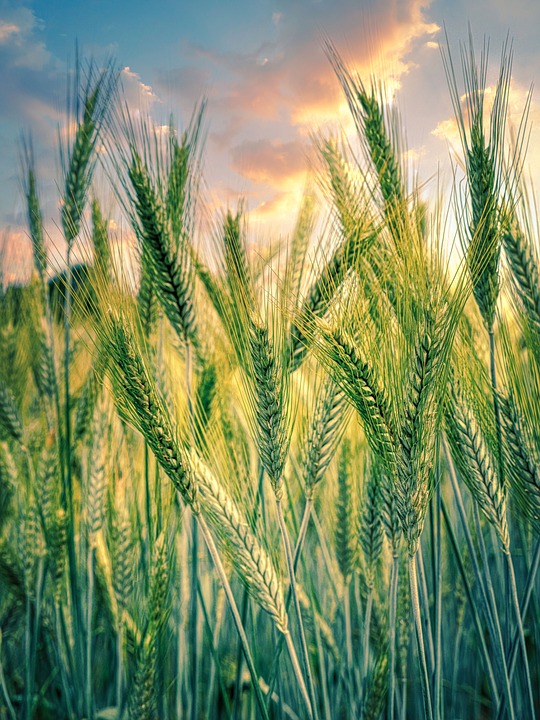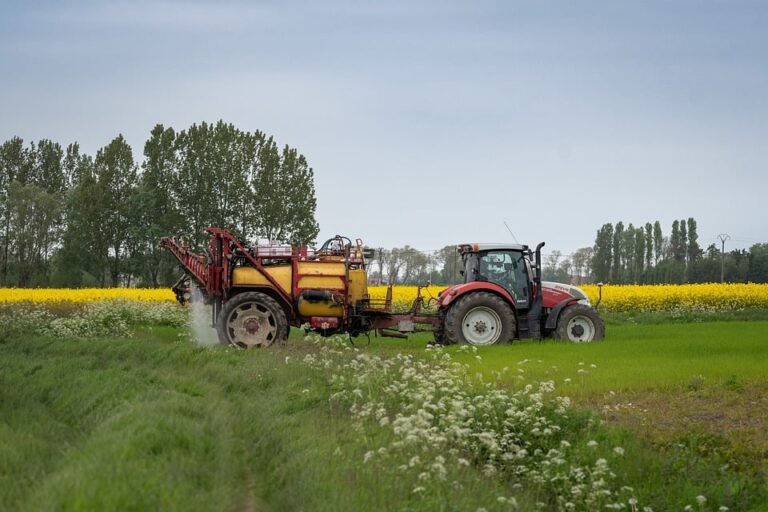Exploring the Origins of the Rekshino Tradition
The Rekshino tradition is a unique cultural practice that has been passed down through generations in a small village in the foothills of the Himalayas. This tradition is known for its vibrant dances, intricate rituals, and deep spiritual significance. In this article, we will explore the origins of the Rekshino tradition and how it has evolved over time.
The Early Beginnings of the Rekshino Tradition
The Rekshino tradition is believed to have originated over a thousand years ago, when a group of nomadic tribes settled in the region that is now known as the Rekshino village. These tribes brought with them their own customs, beliefs, and traditions, which over time merged with the local culture to form a unique and vibrant tradition.
The early practitioners of the Rekshino tradition were primarily farmers and herders who relied on the land for their survival. They developed a deep connection with nature and the spiritual world, which is reflected in the various rituals and ceremonies that are part of the Rekshino tradition.
The Evolution of the Rekshino Tradition
Over the centuries, the Rekshino tradition has evolved and adapted to changing times and circumstances. The traditional dances and rituals have been passed down from generation to generation, with each new generation adding their own unique touch to the tradition.
One of the key elements of the Rekshino tradition is the annual harvest festival, which is celebrated with great fervor and excitement in the village. The festival includes colorful dances, elaborate costumes, and traditional music that have been passed down through the ages.
In recent years, the Rekshino tradition has gained widespread recognition and popularity, with tourists and visitors from all over the world coming to the village to experience its unique culture and traditions. The village has also started hosting cultural events and workshops to preserve and promote the Rekshino tradition for future generations.
The Spiritual Significance of the Rekshino Tradition
The Rekshino tradition is deeply rooted in spirituality and ancient beliefs. The practitioners of the tradition believe in the existence of spirits and deities that inhabit the natural world, and they perform various rituals and ceremonies to honor and appease these spirits.
One of the most important rituals in the Rekshino tradition is the sacred dance, which is performed during important festivals and ceremonies. The dance is believed to connect the dancers with the spiritual world and invoke blessings and protection for the village and its inhabitants.
The Rekshino tradition also includes the practice of shamanism, where spiritual leaders known as shamans communicate with the spirits and provide healing and guidance to the village community. The shamans play a central role in the spiritual life of the village and are highly respected for their wisdom and knowledge.
Preserving the Rekshino Tradition for Future Generations
As the world around them continues to change and modernize, the residents of the Rekshino village are committed to preserving and promoting their unique cultural heritage for future generations. They have set up cultural centers and museums to showcase the history and traditions of the Rekshino tradition, and have also started cultural exchange programs to share their knowledge and skills with others.
In recent years, the Rekshino tradition has also gained recognition at the national level, with government agencies and cultural organizations providing support and funding for the preservation and promotion of the tradition. Efforts are also being made to document and record the various dances, rituals, and ceremonies of the Rekshino tradition for posterity.
Overall, the Rekshino tradition is a testament to the rich cultural heritage and spiritual beliefs of the people of the Himalayas. It is a tradition that has stood the test of time and continues to thrive in the modern world, thanks to the dedication and passion of its practitioners and supporters. With efforts being made to preserve and promote the tradition, it is likely to remain a vibrant and important part of the cultural landscape of the region for many years to come.





